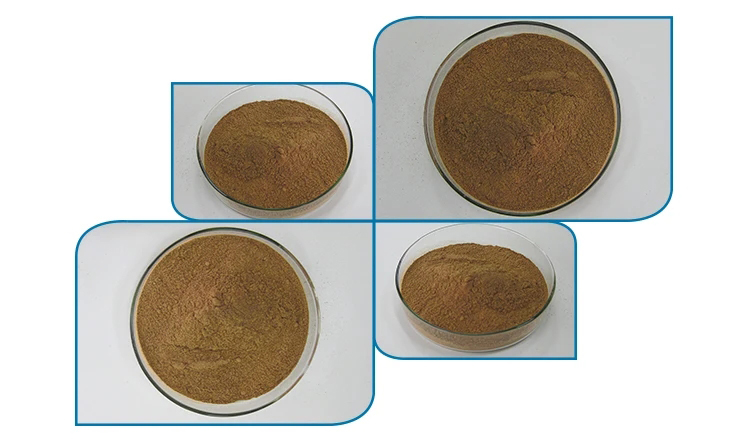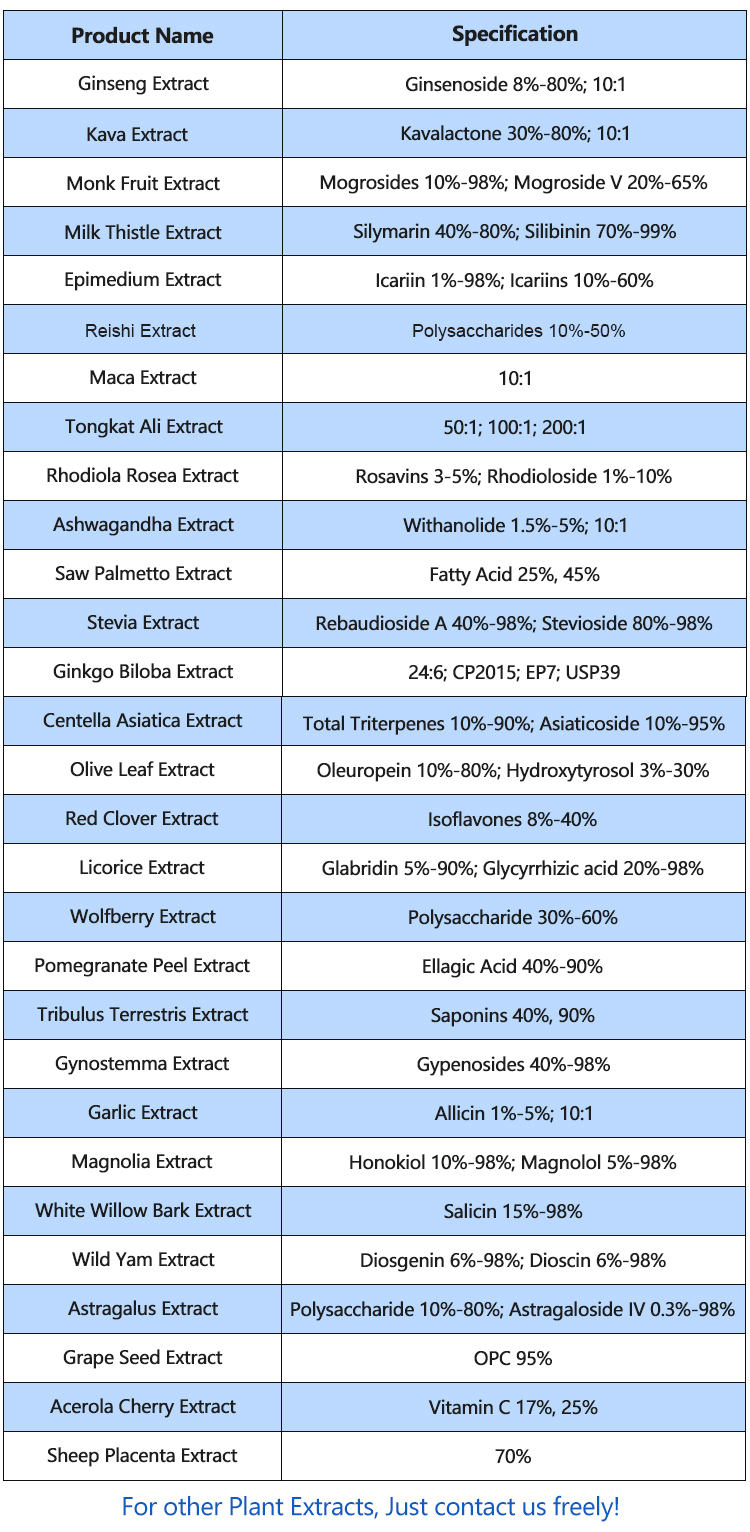Turkesterone is a compound found in certain plants, particularly in Ajuga turkestanica, a perennial herb native to Central Asia. It is often used as a natural supplement for its potential benefits on muscle growth and exercise performance. While the exact composition of Turkesterone can vary depending on the plant source and extraction methods, its basic ingredients include:
Basic Ingredients of Turkesterone
1.Turkesterone (20-Hydroxyecdysone): This is the primary active ingredient in Turkesterone. It belongs to a class of compounds called ecdysteroids, which are plant-derived hormones.
2.Other Ecdysteroids: Besides Turkesterone, Ajuga turkestanica may contain other ecdysteroids like 20-Hydroxyecdysone, Cyasterone, and Ajugalactone.
3.Plant Sterols: These are natural compounds found in plants that have a structure similar to that of cholesterol. Plant sterols may be present in Turkesterone-containing supplements.
4.Flavonoids: Ajuga turkestanica and similar plants may contain flavonoids, which are antioxidant compounds. Flavonoids have various health benefits.
5.Phenolic Compounds: Some phenolic compounds may be present in Turkesterone-rich plants. Phenolic compounds also have antioxidant properties.

It’s important to note that Turkesterone supplements are not as well-studied as some other dietary supplements, and more research is needed to fully understand their potential benefits and side effects. Additionally, the quality and composition of Turkesterone supplements can vary among products. Before using any supplement, it’s advisable to consult with a healthcare professional to ensure it is safe for your individual health needs.
Efficacy and function of Turkesterone
Turkesterone is a compound found in certain plants, particularly in the Ajuga turkestanica plant. It is classified as an ecdysteroid, which is a type of steroid hormone that plays a role in insect molting and growth. Turkesterone has gained attention for its potential benefits, although research on its efficacy and functions in humans is still limited.
Here are some potential effects and functions of Turkesterone based on available research:
1.Muscle Growth and Strength:
Some studies suggest that Turkesterone may have anabolic properties, promoting muscle growth and enhancing strength. It is believed to work by increasing protein synthesis and improving nitrogen balance within muscles.
2.Fat Loss:
There is some evidence suggesting that Turkesterone may aid in fat loss by influencing metabolic processes. It is thought to enhance the utilization of nutrients, leading to improved body composition.
3.Adaptogenic Properties:
Turkesterone is often considered an adaptogen, a substance that may help the body adapt to stress and maintain balance. It is believed to have potential anti-stress and anti-fatigue effects.
4.Endurance and Performance:
Some research suggests that Turkesterone may enhance endurance and exercise performance. It is thought to improve oxygen utilization and energy metabolism, leading to increased stamina.

5.Anti-Inflammatory Effects:
There is limited evidence suggesting that Turkesterone may have anti-inflammatory properties, which could contribute to its potential health benefits.
It’s important to note that while these potential benefits are supported by some studies, more research is needed to fully understand the efficacy and safety of Turkesterone, especially in humans. Additionally, individual responses may vary, and the long-term effects of Turkesterone supplementation are not well-established.
If you are considering using Turkesterone as a supplement, it is advisable to consult with a healthcare professional before doing so. They can provide personalized advice based on your health status and individual needs.
